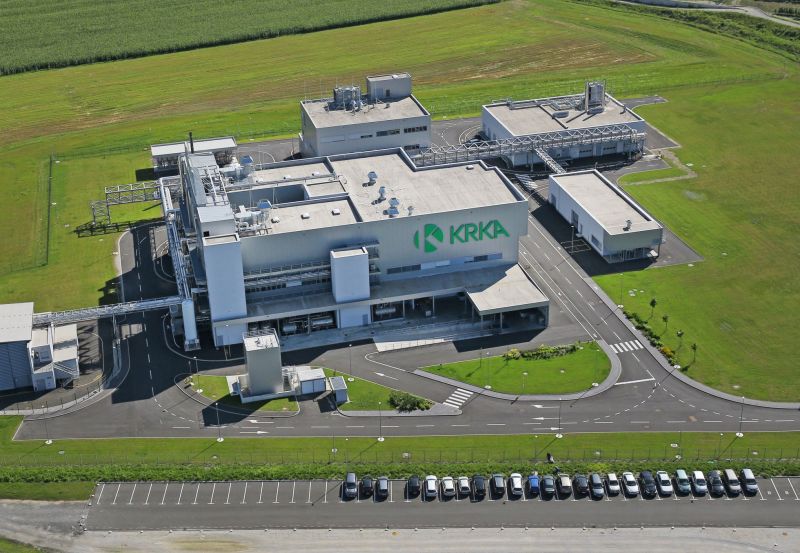On Tuesday 6 October Krka has opened a new plant for the production of active pharmaceutical ingredients (APIs), Sinteza 1, in Krško, Slovenia.

The investment is worth EUR 85 million and gives Krka new capacities for maintaining the entire process from development to production of raw materials and finished products. The new plant will produce APIs for vertically integrated medicines, which represent more than 70% of Krka’s product portfolio.
The new Sinteza 1 plant in Krško is an important acquisition for Krka. This investment allows Krka to further strengthen its vertically integrated business model, giving the company a key strategic advantage in managing the development and production of products from the API to the finished product.
Construction began in July 2012. Production in the plant’s first module began in the summer of 2014; this summer, the plant’s second module became operational as well.
The plant provides additional flexibility to the production process, since the production of new products can be established in a relatively short period of time. The plant enables small batch production of APIs and intermediates, but large batch production can also be established there if necessary; there are 32 reactors, 6 centrifuges, 2 filter driers and 6 vacuum driers.
The production process is carried out in line with the Good Manufacturing Practice and under controlled conditions in line with the European Directive REACH. A computer system is used to carefully monitor and manage the entire process.
Infrastructure and auxiliary facilities with support systems for providing electricity to the production as well as office and laboratory spaces are located next to the production plant; the plant also has its own water supply and two steam boilers supply the necessary energy. There are 61 people working at the plant; half of them work in production, the other half in the technical service.



